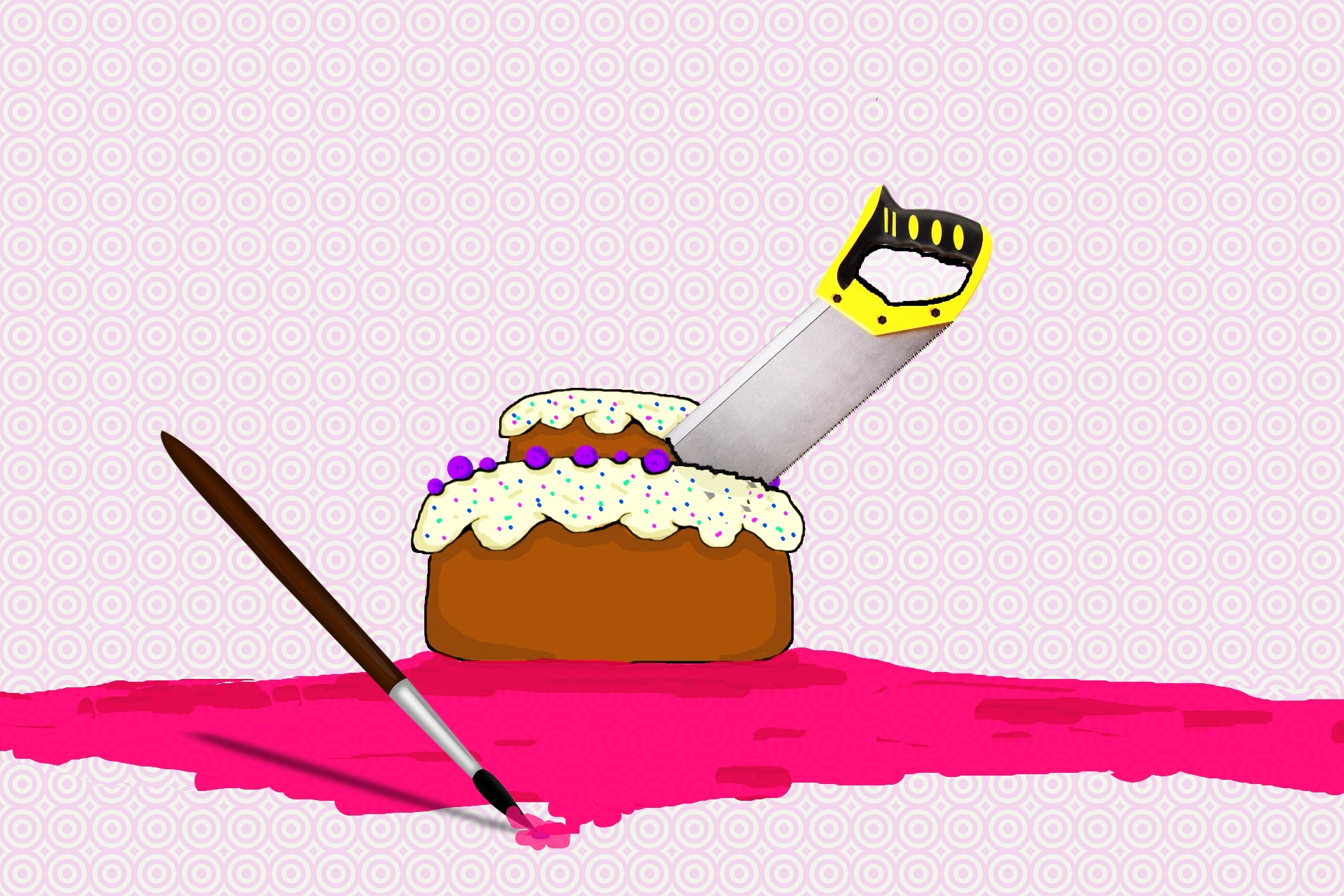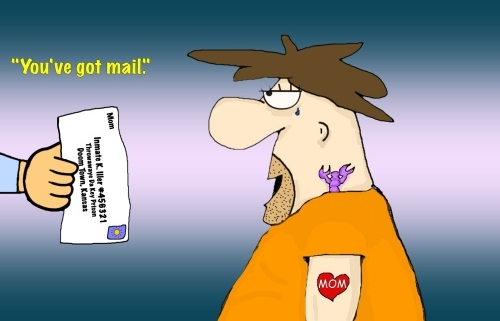Contraband: Finally, No More Cakes and Pies Containing Saws and Files!
Smuggling narcotics and other illegal items into prisons has been a problem since at least 1809, when the first files and saws entered a prison ship’s lockup by way of gingerbread cakes. The problem continued in 1899, in Maryland, when four inmates escaped by using saws that had been baked into pies.
In 1921, Lucky Tommy” O’Connor used an ample supply of guns and bullets smuggled inside bread and cake to escape from the Cook County Jail in Chicago. He fled “the joint” just in time to avoid his execution.
In 1934, Robert Mais, a Richmond, Virginia jail inmate, received guns his mother sealed inside cans of baked chicken.
The list goes on, with with escape-assisting implements smuggled inside via chocolate and frosted pound cakes, cans of fruit, and more.

Nowadays, most prison and jails do not allow “care packages” from home, especially those containing home-cooked food. Therefore, smugglers turned more toward making a prisoner’s stay a bit more tolerable by introducing drugs into prisons and jails, and a common means of delivering the contraband is through the U.S. mail. For example, liquid LSD can be applied to the back of postage stamps, and paper is often coated with liquid fentanyl, Suboxone, and/or K2.
FYI – The two main ingredients of Suboxone are Buprenorphine and Naloxone. Buprenorphine is an opioid which is actually more potent than morphine. The drug is used to help suppress withdrawal symptoms in someone with opioid addiction. However, it’s still an opioid.
To help combat the delivery of illegal drugs and other contraband to lockups, some locations in North Carolina have turned to a new service called TextBehind.
Beginning in October of 2021, all inmate mail, including cards, hand-drawn artwork from children, and letters, must be sent directly to TextBehind, where the company will make copies of the mail and then forward digital reproductions to the prison mail rooms where the recipient inmates are housed. Prisons receiving the digital files will print the copied mail and then issue it to the prisoners.
Thus, the end of contraband entering prisons through the U.S. mail. However, it won’t stop prison staff, shady attorneys, and visitors from bringing it inside. And, of course, drones are used to airdrop contraband, such as the incident last week in Virginia, where a drone dropped a package containing several pounds of marijuana and tobacco (tobacco products are banned from prisons and are considered as illegal contraband). The bundle also included three cellphones and a USB-C to lightning converter. The drone operator, however, missed their target, a privately-operated prison that houses over 1,500 inmates, and instead dropped the illegal goodies onto the grounds of a nearby private school.
And then there’s the woman who smuggled a fully loaded handgun into a prison visitation area by concealing it inside her “lady parts.” I know, if you wrote that scene in a book, no one would believe it. But it happened. Really, it did.






Fascinating, Le.. Did they catch the drone sender?
good stuff…